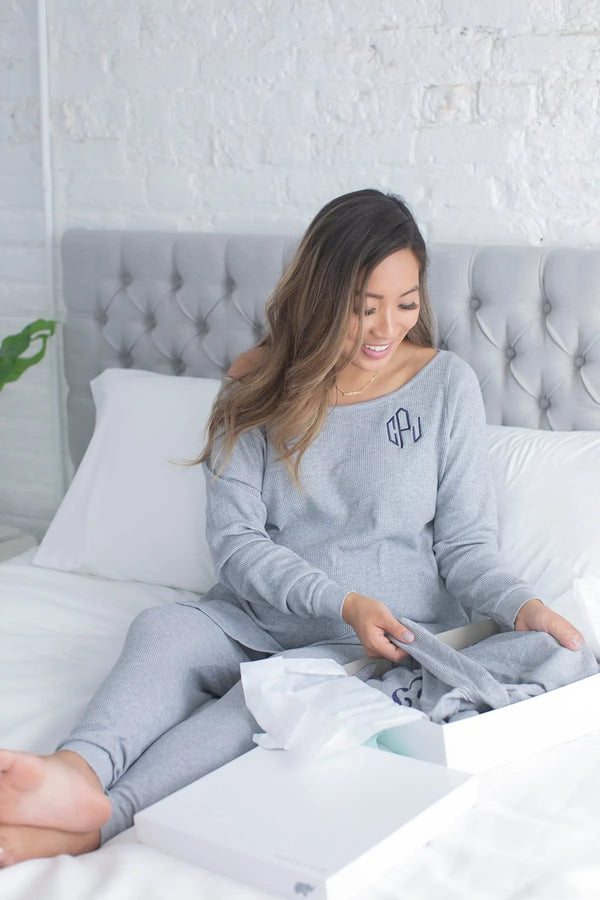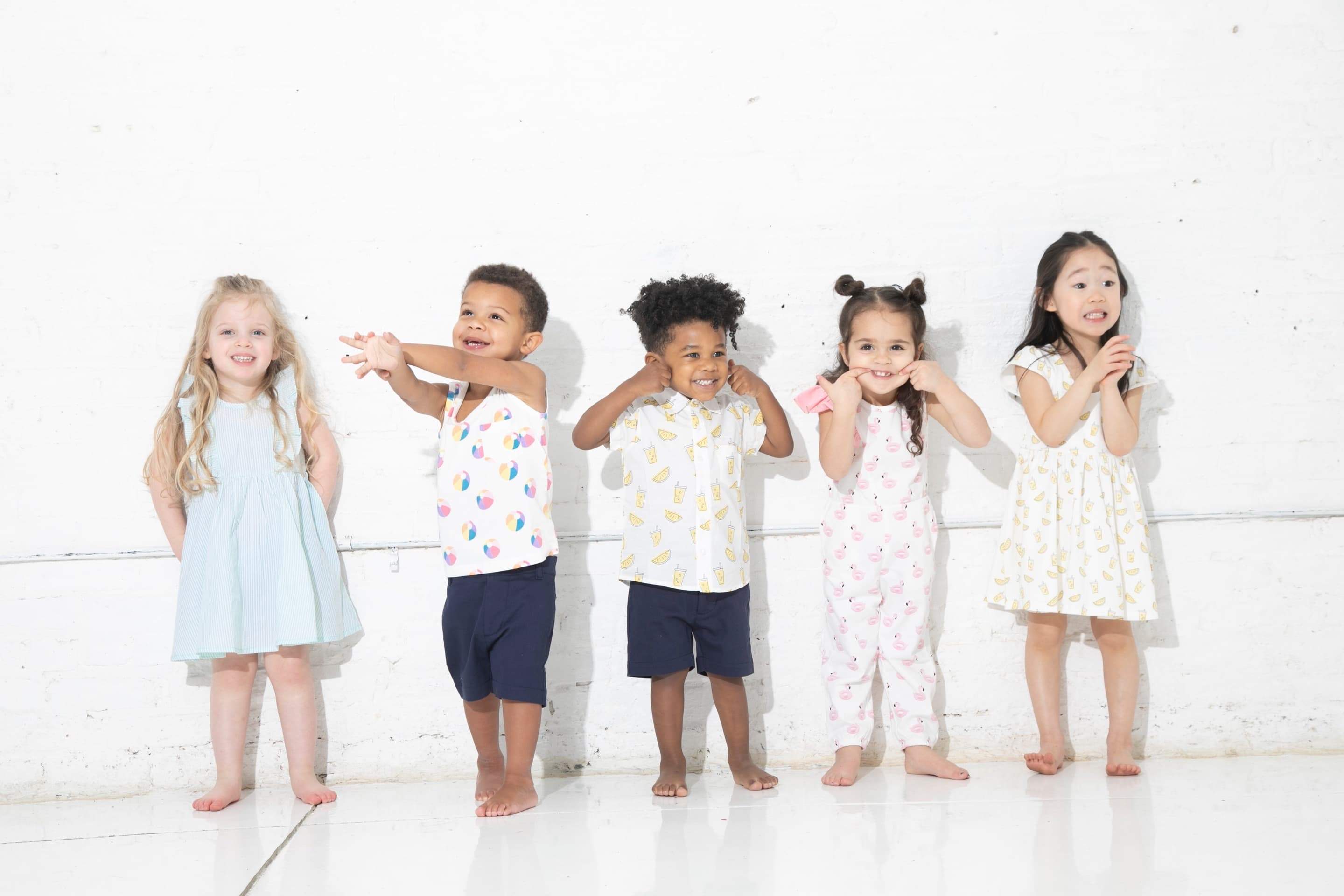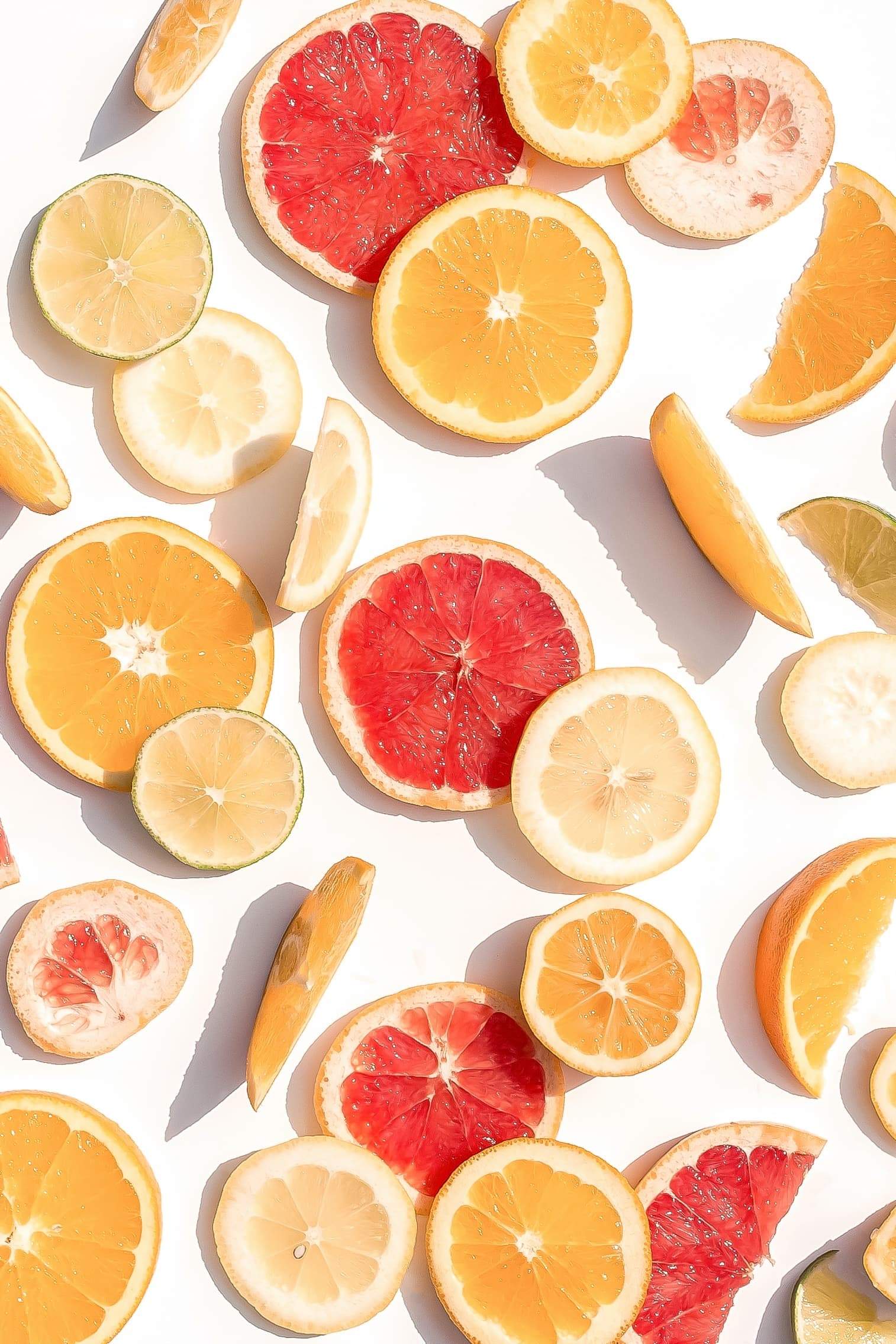SPF + Babies: Everything You Need to Know, Plus the Safest Brands

You’ve probably heard the stats: all it takes are a few bad sunburns in childhood to double a person’s chance of developing skin cancer. But what exactly is in the SPF we’re supposed to slather on our babes (that is, after six months), and which brands offer the safest, most effective ingredients? Read on before you hit the kiddie pool.

Babies Under 6 Months:
An umbrella, stroller canopy, and lightweight, long-sleeved clothing are your best bet for sun protection if you’ve got a little babe under six months. Doctors recommend skipping sunscreen at this age for a few reasons: because baby’s thin skin hasn’t matured yet, they’re more susceptible to the chemicals in sunscreen, a few of which (like oxybenzone, which may have hormonal properties) the FDA has asked for more safety data on. Babies are also more vulnerable to contact dermatitis (aka: skin irritation) from SPF. The American Academy of Pediatrics has actually said it’s ok to use a small amount of sunscreen on young babies, say to the face or back of their hands, if proper shade and clothing aren’t available, but the FDA and Skin Cancer Foundation still haven’t given that go ahead. We suggest chatting with your pediatrician if you have questions.
Babies 6 Months + Older:
While you still want to avoid direct sun exposure (especially during those peak hours of 10 a.m. to 2 p.m.) as much as possible, sunscreen is a go from here on out. Take a peek at the Environmental Working Group’s 2019 guide to the safest, most effective sunscreens for babies and kiddos. (Our absolute favorite SPF for littles is Supergoop's Sunnyscreen, a new line of 100% mineral-based formulas for babies and toddlers. You can listen to Monica's podcast interview with Supergoop's founder and hear more about the super safe sunscreen here!) Zinc oxide or 'mineral-based' sunscreens, like Supergoop, are usually your best bet—zinc sits on top of the skin to form a physical barrier to the sun, instead of sinking into skin, the way a chemical sunscreen does.)
When applying (attempting to apply? We feel you in that battle...) SPF, make sure to slather on 30 minutes before heading out, and stick with SPF 15 or greater. (But don’t feel like you have to go nuts on the number—according to the AAP, after SPF 50 there isn’t much of a difference in protection). Pay special attention to your little’s face, ears, nose, hands, and feet, which tend to get hit the hardest by UV rays. And if you’re using a stick, make sure you really get a nice thick layer on—according to the EWG, some studies suggest we apply too little product when we use sticks.)
Getting ready to hit the pool? Take a peek at Monica + Andy's new baby swimsuit collection.







































